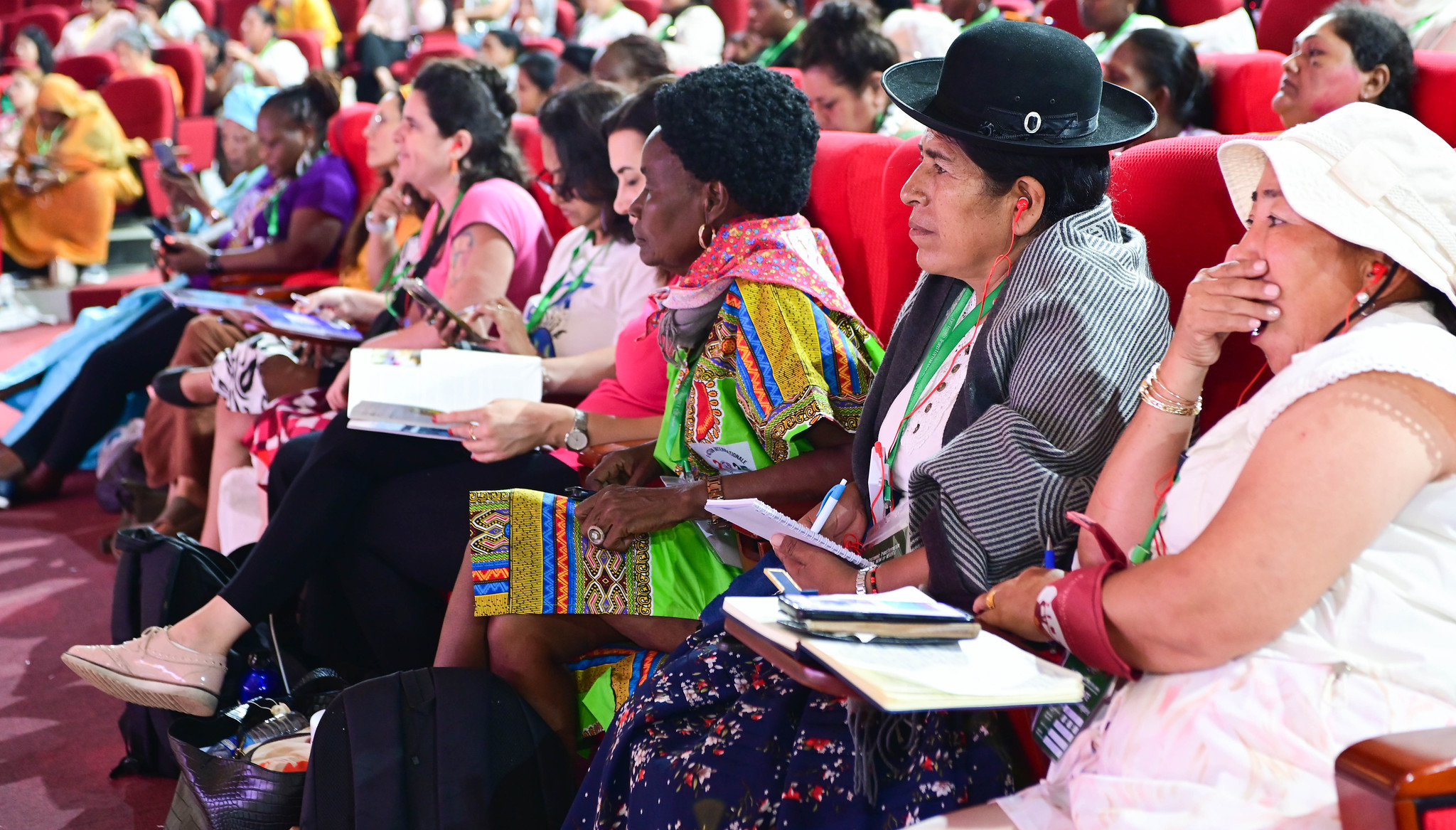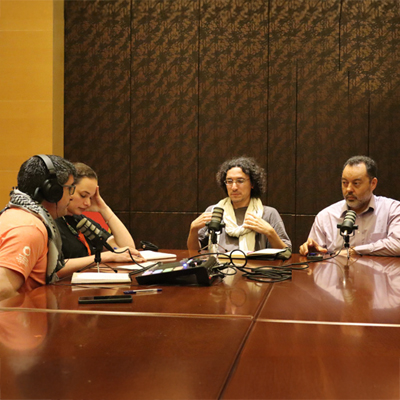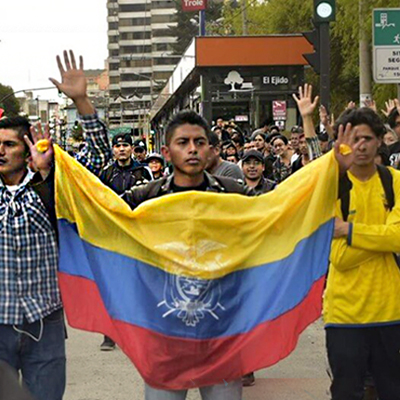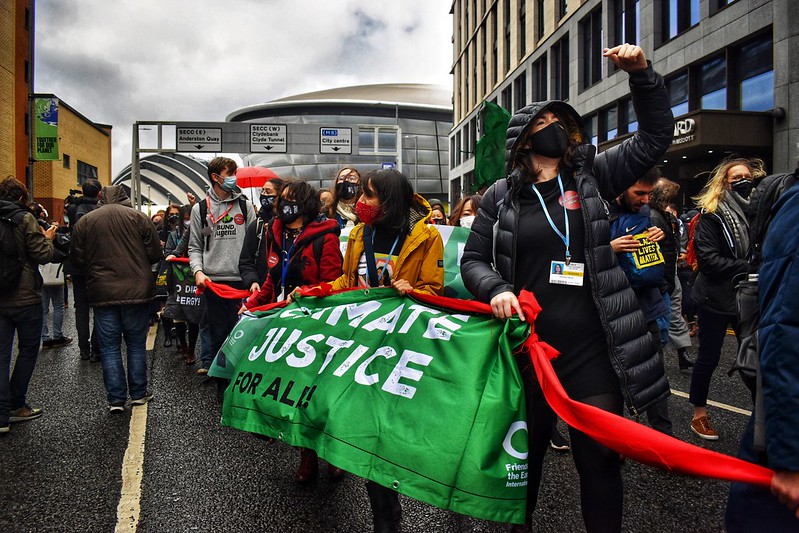Injustice and impunity: Tata Mundra coal plant in India
World Bank oversight mechanism reconfirms impacts but closes case
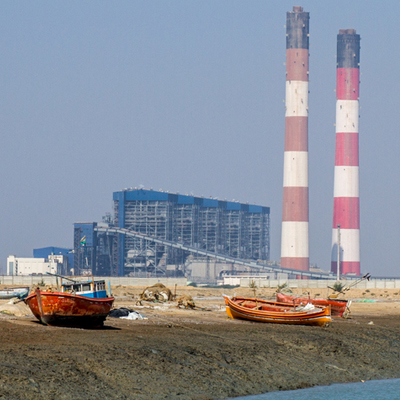 Cuenta de Flickr de Joe Athialy
https://www.flickr.com/photos/joeathialy/albums/72157629025286879/
Cuenta de Flickr de Joe Athialy
https://www.flickr.com/photos/joeathialy/albums/72157629025286879/
The accountability mechanism of the International Finance Corporation (IFC) decided to close a formal complaint against the Tata Mundra coal-fired power plant in India, financed by the IFC, despite confirming the continuing serious impacts of the plant over the last 12 years.
The Compliance Advisor Ombudsman (CAO) of the IFC (body of the World Bank for the private sector) confirmed in September 2025 that Tata Mundra, located in the state of Gujarat, continues to affect the lives of local populations. However, it decided to close the follow-up process of the case initiated in 2013.
Numerous Indian and international social organisations have condemned the CAO’s decision, warning that it sets a dangerous precedent for the World Bank’s (WB) influence around the world and calling for global action to pressure the financial institution to review its procedures.

“The CAO said that the lives of the people have not improved. They very categorically say that the IFC has not taken any remedial action. But they decided to close the case from monitoring. By closing this case, and by closing without ensuring remedy for the people, they are in fact rewarding the IFC for violating their own policies and not taking any remedial action,” said Joe Athialy, representative of the Centre for Financial Accountability, to Real World Radio.
The Centre for Financial Accountability is a member of Friends of the Earth India. “They cannot be allowed to wreck people’s lives and livelihoods and just walk away. And that’s why they should be held accountable,” Athialy added.
To learn the details about Tata Mundora’s case, we invite you to read the interview with Athialy. The full version can be found in the audio version.

Interview
Please tell us, where is the Tata Mundra project, since when, and which actors supported this project and how?
We are talking about the Tata Mundra project, which is locally known as Tata Mundra, but the official name is Coastal Gujarat Power Limited. This is situated in Gujarat, the state of Gujarat, which is in the western part of India, very close to the Pakistan border.
This is a coal-based thermal power plant with 4 gigawatt capacity. At the time of approval in 2007, this was India’s biggest thermal plant in India, and now it’s one of the biggest coal projects. This project is financed by the private sector arm of the WB, which is the IFC, Asian Development Bank, PNB Paribas, Korean Exim Bank, and a host of Indian commercial banks and non-banking financial companies.
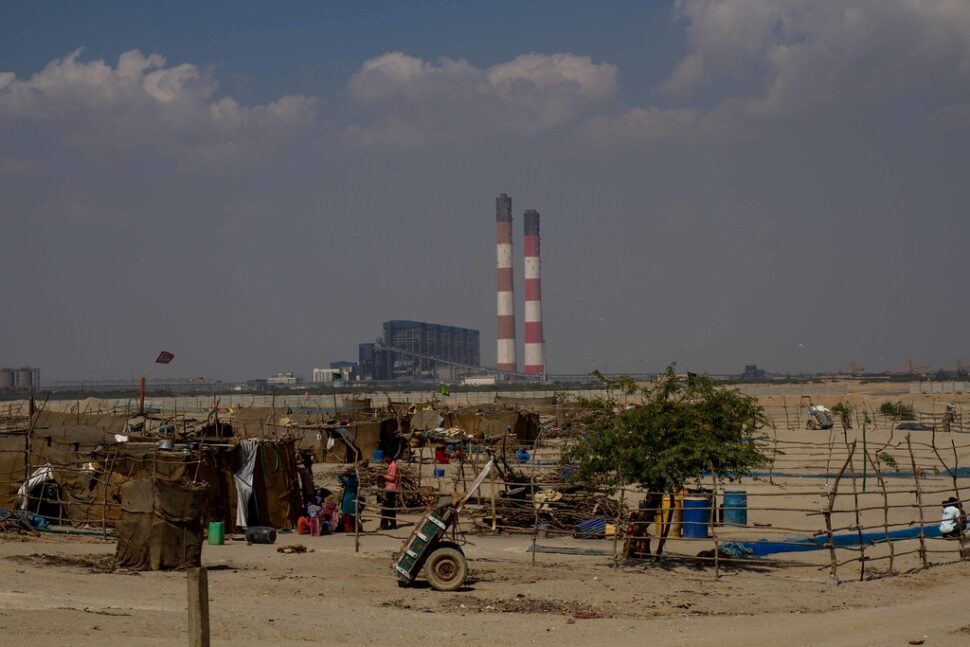
So, could you please share with us the impacts of this Tata Mundra project on the local communities, particularly in Gujarat’s Kutch coast? Also, who has documented these impacts?
As you know, the WB doesn’t fund the whole of the amount. In every project, they fund only 8 to 10 per cent of the total amount, and in this project also. This project is a $4 billion project, and the WB has funded only $450 million. But with that $450 million, they also lend a lot of credibility to the project, and other financiers automatically come because the WB is considered to be the kind of super standard in the financial world. So, what the bank does will have a big impact. To start with, the WB didn’t count most of the people as project-affected, and because they were not counted as project-affected, they were never consulted before the project, nor did they receive any compensation from it.

Being a project on the seashore, the people who are largely impacted are the fisher people, because Tata Mundra uses an open cooling system, where after cooling the turbine, they put the water back into the sea without letting it cool, and that makes the fish go deep into the sea and not available for catch closer to the coast. And some of the commercially high-value fish, like lobster and pomfret and all those kinds of things have almost disappeared over these years. What they get today is what has less value in the market.
In addition to this, the coal dust and the fly ash fall on the fish, which are put out for drying. That makes them inedible and also reduces the price in the market. Similarly, for the farmers in that area, because of the dredging that they do constantly for their intake channel and outlet channel, the seawater ingress has increased over the years, turning agricultural land barren.
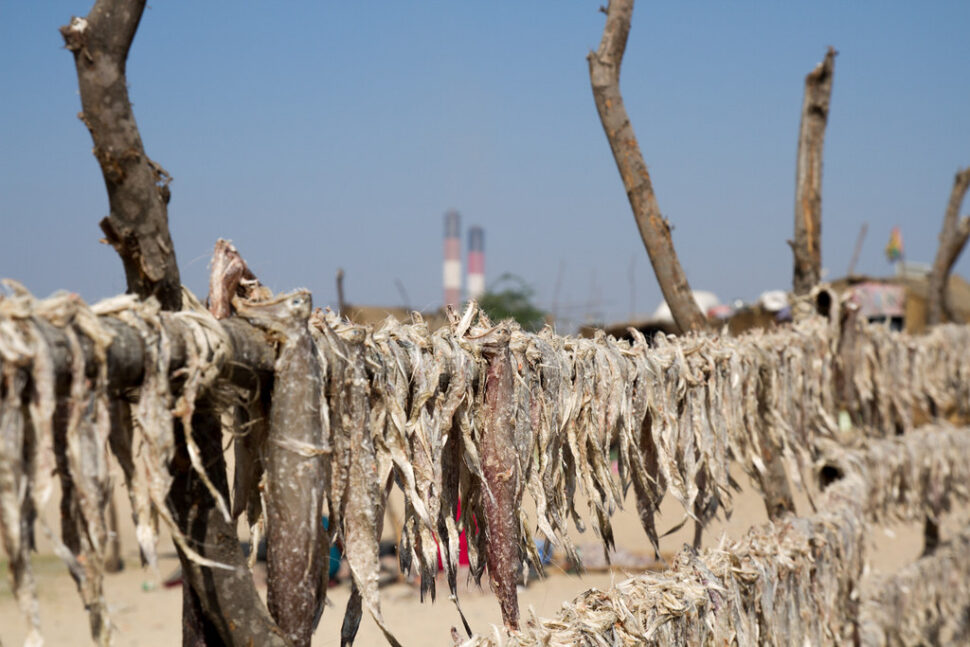
This is an area which is already scarce of sweet water, because this area is very close to the desert, and a highly water-scarce area. And there, because of the dredging, more and more seawater ingress is happening, turning agricultural land barren, and the same coal dust and fly ash which spoils the fish also spoils the agricultural products. Similarly, the same thing falling on the grazing land makes the cattle sick, and cattle herders are really suffering because of that.
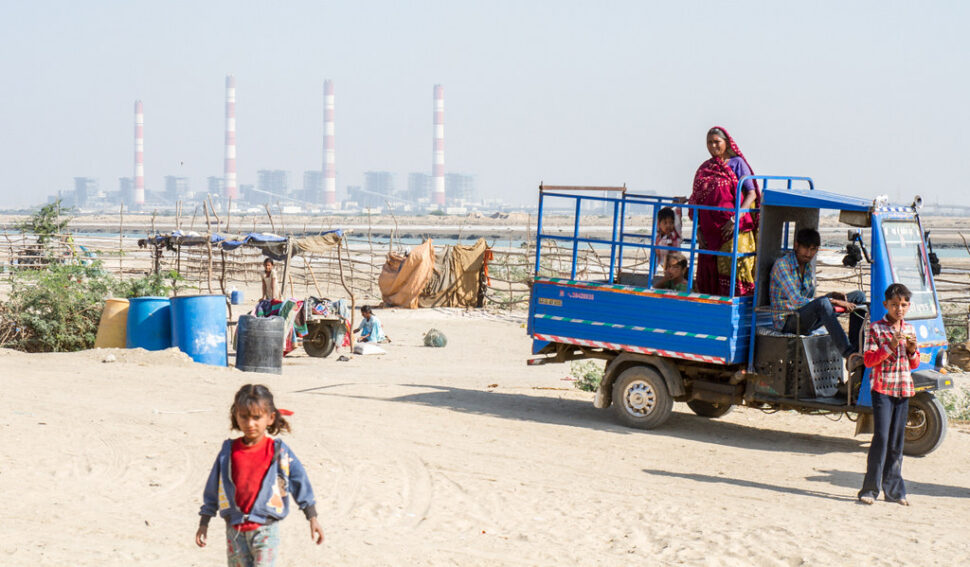
Over the years, we have also seen increased breathing problems for children and the elderly. All these things are documented by the IFC, the WB’s own mechanism, called the CAO. This was documented and published in 2013, and even in the recent report published last month, they reiterated all these issues as unresolved.
What are the local communities asking for?
What people are asking for are three simple things. One is that they need compensation for the loss which has already occurred. They should have some support for alternative livelihood options because of the toxic hotspot that we are talking about. And third, a change of technology where, as is used in many other coal projects, the project can use a closed cycle cooling system where the water is cooled before it’s put back into the sea.

Last month, the CAO, even when they have been saying and alerting about the impacts of Tata Mundra, decided to close the case. How did you get this news, and what does it mean?
They visited last time in March, and we were there assisting the communities to show the impacts. They spent around four days there on the ground, talked to different people, and travelled to many different villages. They have seen all these impacts themselves. In the latest report released last month, they document all these things. Not even once have they said the lives of the people have improved. They said that the lives of the people have not improved. They very categorically say that the IFC has not taken any remedial action. But despite all those kinds of things, they decided to close the case for monitoring. By closing this case and by closing this case without ensuring remedy for the people, they are in fact rewarding the IFC for violating their own policies and not taking any remedial action. So it’s a precedent for the IFC that they can continue violating the policy, wrecking people’s lives without having to face any consequences. They can go on doing it from, I mean, around the globe, wherever they have the investments. Communities made the complaint in 2011, and it’s been 14 years that people have been putting trust in this process. They worked with the CAO. They were hoping that at least the CAO would do something to make the IFC work. The CAO has failed in that mandate.

But now, Joe, I would like to know more about what the Indian organisations are doing regarding this? Why do you see a window of action right now?
The local organisation which is involved in it is the Machimar Adhikar Sangharsh Sanghathan, which means the Association for the Struggle for Fishworkers’ Rights. A lot of Indian organisations and a lot of organisations outside support them in their campaign to hold the IFC accountable. There are many, many national organisations that are part of it and have been a part of the fact-finding mission to this area in the 2012-2013 period. It’s the different layers of support coming in from national and international organisations that have made the campaign go all these years.
What is the call to action exactly?
The WB is a public institution made for the public good and welfare. They cannot be allowed to wreck people’s lives and livelihoods and just walk away. And that’s why they should be held accountable. What we are requesting people from around the world to do is write to their own executive directors at the WB, expressing their concern and urging them to take action. There is a website called wbtakeaction.cenfa.org from which you can send these emails easily. And this is not just for people in Mundra. It’s not just for people in one locality and affected by one project. But this is for people all over, impacted by WB investments and investments by other international institutions, whose investments have robbed people’s livelihoods and reduced a self-sustaining community to the verge of destitution. So if you allow this to go without raising any voice, the IFC, the WB and other international financial institutions could go around investing in all different kinds of damaging projects, which can accelerate the climate crisis in a very big way, impacting the people and the environment, the planet altogether.
- For more photos visit Joe Athialy’s Flickr account.



